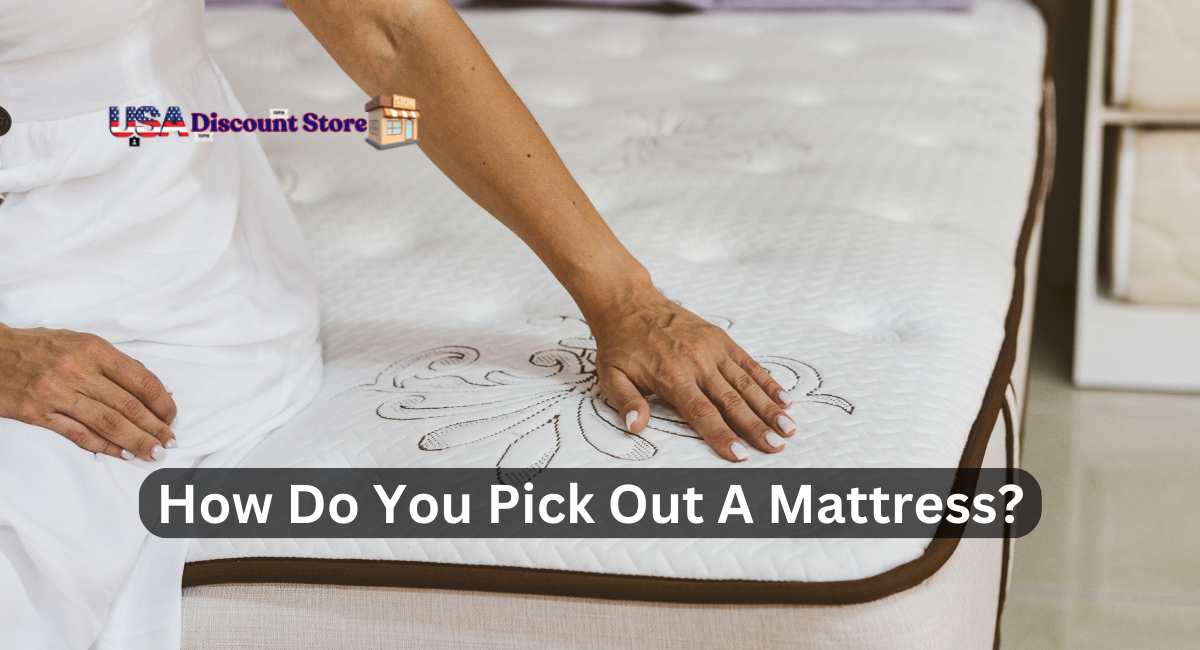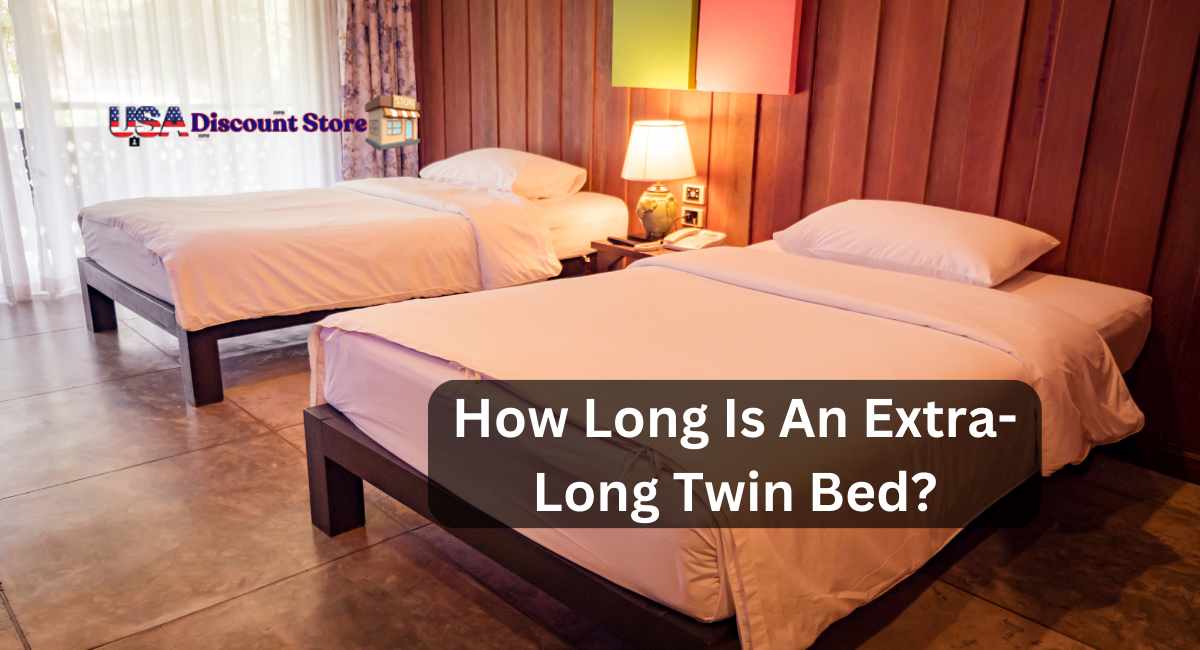Mattress selection is one of the most critical home decisions you can make; it is, after all, what determines the quality of your slumber. However, the sheer number of mattresses available can render this task seemingly impossible. It can be extremely taxing to manage the vast selection of materials and marketing jargon, sift through the sizes and specifications, and determine how much you should spend. So, how do you pick out a mattress?
Fortunately, the Textiles Lab of the Good Housekeeping Institute conducts exhaustive testing to determine which mattress is ideal for each variety of sleeper. Through the years of evaluating hundreds of models, we have gained insight into the mattress-buying process. Before you begin, remember that there is no universally effective best mattress. While shopping, it is essential to consider your requirements.
How Do You Pick Out A Mattress?
Experts agree that obtaining sufficient sleep is among the most effective methods to preserve and enhance our health. Even though a mattress significantly impacts our ability to sleep soundly, many individuals continue to use one that does not offer sufficient support and comfort.
Mattress Types
Those who are in the process of purchasing a new mattress have likely observed that the variety of options available can be overwhelming. Considering mattress types initially can be a beneficial method to orient oneself.
A near-universal classification of mattresses exists among five distinct types: airbed, foam, innerspring, hybrid, and latex. Historically, innerspring has been the most widely recognized staple in residences nationwide. However, there has been a notable surge in the popularity of alternative mattress varieties in recent years.
The emergence of alternative mattress varieties can be attributed primarily to their ability to perform more dynamically. Furthermore, their affordability and accessibility have been enhanced due to the expansion of the online mattress sector.
A fundamental understanding of these mattress types can provide a solid basis for further investigation into the ideal mattress.
1. Foam: These mattresses are constructed exclusively of foam with no coils. They offer superior pressure alleviation, motion isolation, and body contouring, making them suitable for side sleepers and couples. Memo foam is the most widely recognized among the foams utilized in these mattresses.
2. Innerspring: A few other layers comprise an innerspring mattress supported by coils. Although the waves provide a certain degree of support, innerspring frequently falls short in alleviating pressure. Their slumber surface has limited motion isolation and is bouncier. Due to their reduced cost, consumers favor these items more on a budget.
3. Hybrid: Hybrid mattresses have two primary components: an innerspring support foundation and a significant foam comfort system. Comfort layers may include latex or foam and occasionally a shorter micro-coil layer. By their low heat retention and combination of contouring and bounce, these mattresses can accommodate occupants in any position, contingent upon their construction.
4. Latex: A mattress constructed entirely of latex polymer layers is called an all-latex or true-latex mattress. The term “latex mattress” is employed to ensure clarity and conciseness. These provide exceptional durability and rebound, in addition to moderate contouring. Produced using natural and organic latex, they are highly regarded by environmentally aware consumers.
5. Airbed: Airbeds are constructed with an air chamber as central support. Built into the mattress is a compressor that, when activated via remote or smartphone, adds or removes air at the touch of a button, providing sleepers the greatest firmness and flexibility. Couples adore airbeds because the firmness of each side can be customized.
How Do You Choose A Mattress For Back Pain?
Although there are numerous potential etiologies for back discomfort, one element that warrants careful consideration is an unsupportive mattress. For individuals without back issues, appropriate support may avert the development of pain, while for those with pre-existing back conditions, the correct bed may contribute to comfort and cushioning.
In addition to other mattress requirements and personal preferences, the character of the back pain must be considered when selecting the optimal mattress. Some back discomfort is transient and manifests abruptly. It is referred to as acute back discomfort. In certain instances, the discomfort endures for an extended duration and is referred to as chronic back pain. Back issues, such as those caused by an injury, can progress from acute to regular.
A person experiencing acute back pain may only require transient mattress relief. It may necessitate the addition of additional cushions or a modification to their sleeping position. In the case of chronic back pain, more substantial measures may be required, such as selecting a firmer or gentler mattress. Determining the optimal levels of pressure relief and comfort can aid in maintaining the spine’s correct alignment while sleeping.
In addition, the location of the back pain may influence which mattress is ideal.
Lower Back Pain
The lumbar region’s lower five vertebrae (L1-L5) are impacted by lower back discomfort. It is among the most prevalent causes of back pain and a primary reason for medical consultations among Americans. This back region is susceptible to arching and twisting, which can cause damage to the muscles and the spine.
Too much time spent in an improper resting position can result in lower back pain. It can occur if the shoulders and hips are not adequately supported while side sleeping, knocking the vertebrae off balance. It may occur in individuals who lie on their stomachs or backs due to a mattress that is either too soft or too firm, thereby compressing the lumbar spine’s natural curvature.
In general, side sleepers should seek out medium-soft to medium-firm mattresses to provide cushioning at the impact sites. Back and stomach sleepers should seek out beds with a firmness rating of medium to firm and minimally supportive padding.
Middle And Upper Back Pain
Upper and middle back pain is considerably less frequent. Due to the increased stability of the anatomy in these areas, sprains and strains caused by rotating motions are less probable. Pain in these regions may indicate more significant conditions and should be evaluated by a physician.
Poor posture may occasionally result in excessive strain on the middle or upper back. By promoting spinal alignment, a pressure-relieving mattress can help reduce the likelihood of developing this type of discomfort. Additionally, a high-quality pillow with the ideal quantity of loft can provide sufficient support for the neck and upper spine.
Sleeping Positions
In what particular supine position do you typically collapse to sleep? Upon awakening, what role do you happen to be in?
Insightful responses to these inquiries may prove instrumental in the mattress selection process. The specific anatomical regions that require additional support to preserve spinal alignment differ according to the individual’s slumber position. Consequently, selecting a mattress corresponding to your sleeping position can enhance comfort and prevent soreness and pain.
Back Sleepers
Back sleepers subject their lower backs to the most strain. A U-shaped effect can result from a mattress that is too soft; the torso may settle in further than the upper back and lower body.
A substantial bed will prevent the minor curve in the lower back from being accommodated. Back sleepers would benefit most from a medium-firm to firm mattress with mild to moderate contouring.
Side Sleepers
Side sleepers experience pressure points at the shoulders and hips, specifically where the body is at its broadest. Those points above will become misaligned with the remainder of the spine when the mattress is too spongy.
They will be susceptible to misalignment and feel the impact at those locations if the mattress is too firm. As a result, side sleepers benefit most from beds that are moderately firm to soft.
Stomach Sleepers
Like back sleepers, stomach sleepers place the most significant strain on the lumbar vertebrae. In general, they do best on firm mattresses that prevent them from forming a U-shape and prevent them from feeling suffocated when reclining face-down.
Combination Sleepers
Combination sleepers spend the entirety of the night in multiple positions. In general, they should select a mattress according to where they spend most of their time.
Medium Firm provides the most secure option for all slumber positions without a primary role. These individuals should also seek a responsive mattress that enables effortless motion while in bed.
Mattresses are not designed to last indefinitely. It would help if you began contemplating the purchase of a new bed when your sleep quality begins to deteriorate or when the age of your current one exceeds eight years. Time and effort are typically required to select the ideal mattress, but the investment is frequently worthwhile.
Thank you for reading…..







